Photography Week
Introduction
If you own a camera, you own a lens. (If you own a pinhole camera, be quiet.) Whether it comes off your camera or doesn't, zooms or has a fixed focal length, has glass elements or plastic - the lens and sensor are the most important elements of your camera set-up.
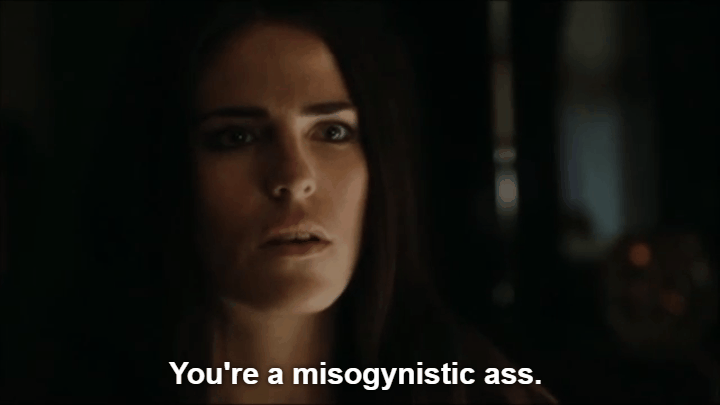
But don't tell that to your tripod head and hotshoe.
One of the most common gear-related questions we see in the Photography Forum and :#photographers: chat is, "What lens do I need to shoot [image X]?" You'd think it's an easy one to answer, but it really isn't. Today I'm going to try to explain the various things that make a lens good, and go over some of the more common lens types and their applications.
Consider yourselves warned: This will be dry at times. This will read like a physics textbook at times. It may cause uncontrollable bowel movements, I don't know, maybe you have some psychological complex involving pooping and cameras, I won't judge you. Now buckle in and enjoy the ride as we look at:
A prime lens is of fixed length - it always has a focal length of, let's say, 50mm or 85mm or 135mm. A zoom lens doesn't. Kit zooms might go from 18-75mm, a long zoom might go from 80-300mm. It's like having a prime lens for every step along the way!
Ha, no it isn't, I'm screwing with you.

Punk'd.
Consider yourselves warned: This will be dry at times. This will read like a physics textbook at times. It may cause uncontrollable bowel movements, I don't know, maybe you have some psychological complex involving pooping and cameras, I won't judge you. Now buckle in and enjoy the ride as we look at:
Prime or Zoom?
A prime lens is of fixed length - it always has a focal length of, let's say, 50mm or 85mm or 135mm. A zoom lens doesn't. Kit zooms might go from 18-75mm, a long zoom might go from 80-300mm. It's like having a prime lens for every step along the way!
Ha, no it isn't, I'm screwing with you.

Punk'd.
Zoom lenses have telescoping elements inside them, and do give you pretty good versatility - if you're shooting objects at variable distances, a zoom is a must. But for that versatility, you're sacrificing speed and, often, optical quality.
Speed is the first thing you're going to lose, because to make a zoom lens fast it needs to be both gigantic and heavy - often too gigantic and heavy to be practical or affordable. See, with a prime lens, if they want to make the maximum aperture f/2 they just make the lens as wide as it needs to be, according to a nifty formula of:
So, here, a 50mm would have to have a maximum opening of 25mm to give N a value of 2. That's about an inch wide. Not huge. If we made the same lens zoom from 50mm to 85mm (another prime length that you often see f/2s for), we'd have two options: Increase the opening to 42.5mm to maintain a max aperture of f/2 at the long end, creating a lens that's now opening to about twice as wide as your sensor on a standard DSLR and is going to weigh about six pounds; or sacrifice speed at the long end of the scale, making your max aperture at 85mm a measly f/3.4.
The zoom lens is also going to be expensive, no matter how you shake it - it has more parts, so the cost of manufacturing is higher. It also has more things that can break inside of it, making it much more difficult to repair if you drop it down a flight of stairs while drinking. It's also a bit harder to find them used in good condition!
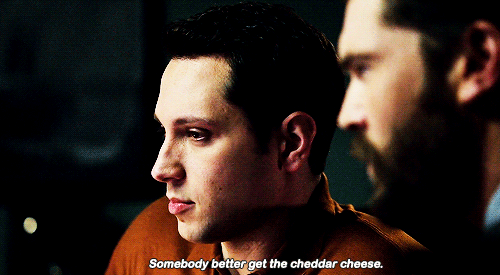
Gif is related. Don't ask.
Now going back to the aperture formula: If we want an 85mm f/2 prime we still need it to be 42.5mm across at the opening, so it's going to be heavy even if it doesn't zoom, right? You'd think so, but it's actually going to be a fairly light lens. Zoom lenses have more elements and more mechanics, so by eliminating the lens's ability to zoom you can eliminate some bulk right there. You can also generally make the lens a bit shorter than a zoom equivalent using element configurations, but we'll get to that a bit later (and that's only true of telephoto lenses; wide angles sometimes get longer as primes).
Earlier I said that optical quality can be a consideration too, and I have to preface this paragraph by saying that in this age of mass-production, even kit zoom lenses have pretty good glass. Unless you're buying some complete off-brand Chinese lens you're probably getting decent glass with a decent coating. But, if you buy a prime and it's on the steep end, the glass is probably of a higher quality - even if it's just little things like consistent glass being used in the inner elements of the lens or better coatings on the front and rear elements. When you get into Zeiss primes (and Zeiss zooms, too, if you have the US national debt to waste on a lens) you're getting amazing glass all through the lens, plus trademarked element layouts and interior barrel coatings and other magic I barely understand.
So, if primes are lighter, sharper and faster why use zooms? Like I said earlier, versatility.

They might be versatile but they sure aren't sluts.
Speed is the first thing you're going to lose, because to make a zoom lens fast it needs to be both gigantic and heavy - often too gigantic and heavy to be practical or affordable. See, with a prime lens, if they want to make the maximum aperture f/2 they just make the lens as wide as it needs to be, according to a nifty formula of:
In this formula, N is the f-number of the maximum aperture (expressed as f/N), f is the focal length of the lens, and D is the diameter of the lens wide-open (the same formula can be used stopped-down, too, but for right now we only need to use it for max aperture).
N = f/D
So, here, a 50mm would have to have a maximum opening of 25mm to give N a value of 2. That's about an inch wide. Not huge. If we made the same lens zoom from 50mm to 85mm (another prime length that you often see f/2s for), we'd have two options: Increase the opening to 42.5mm to maintain a max aperture of f/2 at the long end, creating a lens that's now opening to about twice as wide as your sensor on a standard DSLR and is going to weigh about six pounds; or sacrifice speed at the long end of the scale, making your max aperture at 85mm a measly f/3.4.
The zoom lens is also going to be expensive, no matter how you shake it - it has more parts, so the cost of manufacturing is higher. It also has more things that can break inside of it, making it much more difficult to repair if you drop it down a flight of stairs while drinking. It's also a bit harder to find them used in good condition!

Gif is related. Don't ask.
Now going back to the aperture formula: If we want an 85mm f/2 prime we still need it to be 42.5mm across at the opening, so it's going to be heavy even if it doesn't zoom, right? You'd think so, but it's actually going to be a fairly light lens. Zoom lenses have more elements and more mechanics, so by eliminating the lens's ability to zoom you can eliminate some bulk right there. You can also generally make the lens a bit shorter than a zoom equivalent using element configurations, but we'll get to that a bit later (and that's only true of telephoto lenses; wide angles sometimes get longer as primes).
Earlier I said that optical quality can be a consideration too, and I have to preface this paragraph by saying that in this age of mass-production, even kit zoom lenses have pretty good glass. Unless you're buying some complete off-brand Chinese lens you're probably getting decent glass with a decent coating. But, if you buy a prime and it's on the steep end, the glass is probably of a higher quality - even if it's just little things like consistent glass being used in the inner elements of the lens or better coatings on the front and rear elements. When you get into Zeiss primes (and Zeiss zooms, too, if you have the US national debt to waste on a lens) you're getting amazing glass all through the lens, plus trademarked element layouts and interior barrel coatings and other magic I barely understand.
So, if primes are lighter, sharper and faster why use zooms? Like I said earlier, versatility.

They might be versatile but they sure aren't sluts.
If you're shooting a soccer game you bring a long zoom. A prime that's the right length to get a full-body shot at the closest corner of the field isn't going to be much use at the furthest corner. If you're going to a zoo, you're probably going to bring a midlength zoom lens - the lions are hopefully a bit further away from you than the emu you're petting. Hell, even some portrait shoots are going to be easier with a zoom lens. Ever try taking ID photos of a 25lb child and a 600lb adult using the same lens at the same distance? :v
So yeah, primes and zooms both have their use. Now onto:
A "normal" lens, with a focal length equal to the diagonal length of the image plane (46mm on 35mm film, which is why 50mm lenses are called "normal"), has about the same parallax as a human eye - so if you take a picture and hold it in front of the thing you took the picture of, the relative positions of everything in the frame would match up with their real world equivalents. It also captures everything in a 50 degree arc in front of the camera, give or take.

I know, this news is world-shattering.
So yeah, primes and zooms both have their use. Now onto:
Lens Angle
A "normal" lens, with a focal length equal to the diagonal length of the image plane (46mm on 35mm film, which is why 50mm lenses are called "normal"), has about the same parallax as a human eye - so if you take a picture and hold it in front of the thing you took the picture of, the relative positions of everything in the frame would match up with their real world equivalents. It also captures everything in a 50 degree arc in front of the camera, give or take.

I know, this news is world-shattering.
A wide-angle lens captures a wider angle - up to 180 degrees for some fisheyes, more than that for some ridiculously expensive lenses Nikon makes for polar astrophotography. As a rule of thumb, the wider the angle the more barrel distortion at the edges of the frame. Parallax also gets weird with wide angles. In a perfectly non-distorted lens, the wider the angle gets, the closer together objects appear - foreground and background look like there is less distance between them, and objects look slightly more crowded together side-to-side. As you get into fisheye distortion this effect gets cranked up to eleven - objects right in the center of the frame look bowed out but close together; those at the edges of the frame look also bowed out, and condensed compared to the image center, but with more depth front-to-back.


In the above picture, the easiest place to spot this is in the cat's eye - where it is closest to the nose it looks about normal, then it starts to taper off quickly, making it look almost flat and pinched toward the center if you isolate the upper aspect. Or maybe the cat's just a lamprey. I don't know.
The opposite effects are true for long-focus lenses. You don't get the opposite barrel distortion making the outside look condensed unless it's a hilariously poorly-made lens, but objects look further apart - this is why a longer lens makes depth of field shallower, the parallax is isolating the foreground from the background a bit more. You can get about the same depth of field using a 50mm f/1.4 lens wide-open as you can with a 300mm f/6.5 lens wide open at the same magnification ratio. Another useful application of long zooms: Flower photography. You can throw the background out of focus very easily using a long focal length, but if you get right up on the flower with a wide-angle lens to get the same magnification you're going to be seeing more background than flower.

That's how this scene happened.
The opposite effects are true for long-focus lenses. You don't get the opposite barrel distortion making the outside look condensed unless it's a hilariously poorly-made lens, but objects look further apart - this is why a longer lens makes depth of field shallower, the parallax is isolating the foreground from the background a bit more. You can get about the same depth of field using a 50mm f/1.4 lens wide-open as you can with a 300mm f/6.5 lens wide open at the same magnification ratio. Another useful application of long zooms: Flower photography. You can throw the background out of focus very easily using a long focal length, but if you get right up on the flower with a wide-angle lens to get the same magnification you're going to be seeing more background than flower.

That's how this scene happened.
So that's the basics of field of view and lens angle. Now onto:
Telephoto is a term everyone screws up. A telephoto lens isn't just a long lens - it's one that is physically shorter than its focal length, using element configurations to make the lens shorter than it "should" be. A basic lens has one group of focusing elements, a telephoto has an additional group (the telephoto group, who'd have imagined right!?) that's inverted and thus extends the magnification of the lens.

Element Configurations
Telephoto is a term everyone screws up. A telephoto lens isn't just a long lens - it's one that is physically shorter than its focal length, using element configurations to make the lens shorter than it "should" be. A basic lens has one group of focusing elements, a telephoto has an additional group (the telephoto group, who'd have imagined right!?) that's inverted and thus extends the magnification of the lens.
In the above diagram, the right cluster of lens elements is the telephoto group. It's increased the effective focal length by about 65% using magic. Another method of increasing focal length while keeping the lens short is by using mirrors within the lens to reflect light a few times, creating a catadioptric lens - one of those fun ones that gives you donut-shaped bokeh. The lens is laid out like this:

And you get an out-of-focus background that looks like this:
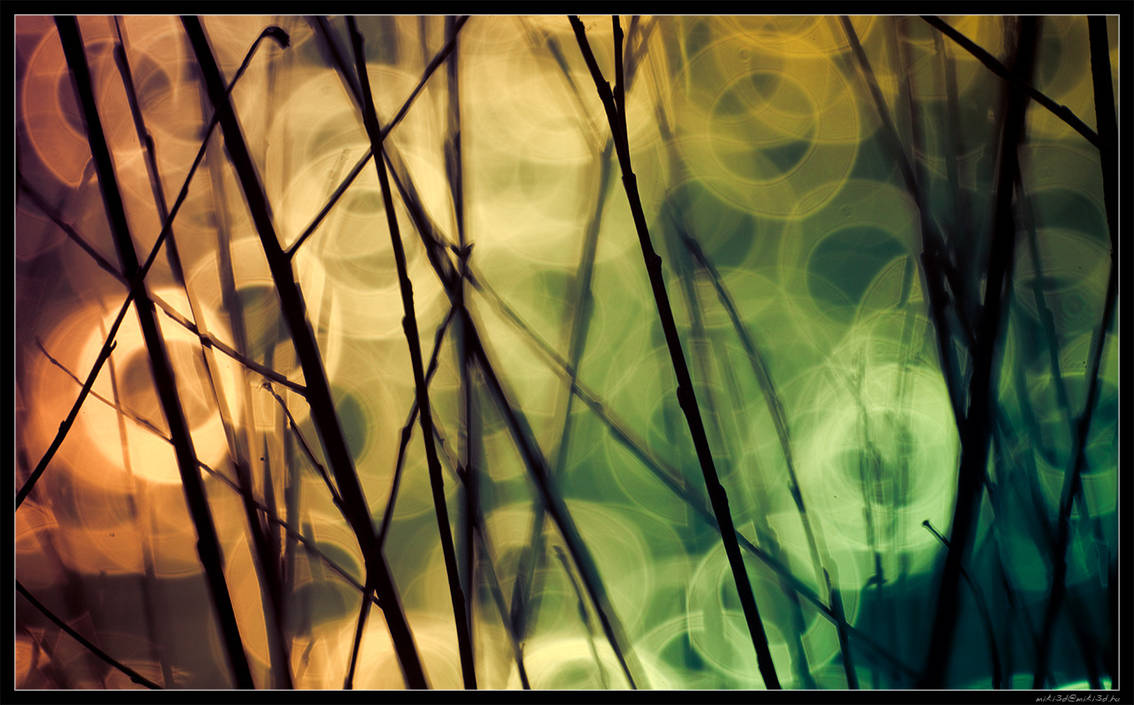

Unfortunately with a catadioptric, because of the mirrors you're going to have to sacrifice autofocus - and manually focusing lenses that are usually 500-1000mm isn't necessarily fun.
A retrofocus, or reverse-telephoto, lens is basically a telephoto with the two element groups inverted - creating a lens that's longer than its focal length. This is a very common layout for wide-angle lenses, especially wide-angle zooms and extreme wide-angles where the distance from the front of the camera to the film plane is sometimes longer than the lens's focal length. Unless you find an extreme wide-angle lens that's about as thick as a sheet of paper, assume all wide-angles are retrofocuses.
Macro lenses have extra long focusing buffers, allowing you to get really, really close to the object - and also have extra elements inside to let you actually focus when you're that close. A Canon 100mm macro lens has 15 lens elements in 12 groups. Compare that to their 50mm f/1.4 non-macro lens, which has 8 elements in 6 groups - a much more typical configuration for a prime. All the extra glass makes macro lenses heavy, and usually a bit narrower at their maximum aperture than a "standard" prime in the same focal length.
A parfocal lens is a zoom that, due to the specific mechanisms controlling the moving elements, stays in focus at the same focusing distance even when you zoom it.

And now I hear you all looking for a parfocal lens.
A retrofocus, or reverse-telephoto, lens is basically a telephoto with the two element groups inverted - creating a lens that's longer than its focal length. This is a very common layout for wide-angle lenses, especially wide-angle zooms and extreme wide-angles where the distance from the front of the camera to the film plane is sometimes longer than the lens's focal length. Unless you find an extreme wide-angle lens that's about as thick as a sheet of paper, assume all wide-angles are retrofocuses.
Macro lenses have extra long focusing buffers, allowing you to get really, really close to the object - and also have extra elements inside to let you actually focus when you're that close. A Canon 100mm macro lens has 15 lens elements in 12 groups. Compare that to their 50mm f/1.4 non-macro lens, which has 8 elements in 6 groups - a much more typical configuration for a prime. All the extra glass makes macro lenses heavy, and usually a bit narrower at their maximum aperture than a "standard" prime in the same focal length.
A parfocal lens is a zoom that, due to the specific mechanisms controlling the moving elements, stays in focus at the same focusing distance even when you zoom it.

And now I hear you all looking for a parfocal lens.
A tilt-shift lens can be swiveled or nudged around a base, allowing you to correct perspective distortions in things like architecture - where parallax from your camera's height relative to the total height of the building is going to make it look skinnier the further away from your camera the building gets. It also lets you make little doll village looking photography like this, using the same principle:
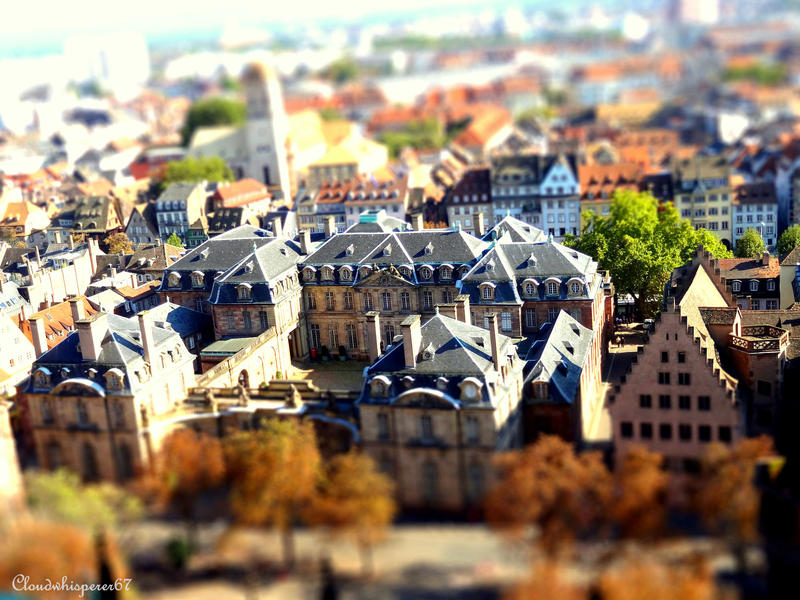

The large majority of lenses you'll find are achromat/apochromat "basic" lenses, telephotos and retrofocuses - all of which are used to make lenses more portable and functional. All of the other element configurations we've discussed are used moreso in niches, but if you have the money to splurge and like the effect a specific configuration offers? Go nuts.
There's still no easy answer to this. Think about the situations you need a lens to shoot in - if you're doing engagement portraits an 85mm or 50mm prime might be the best value for your money, if you're shooting wedding ceremonies you're going to want a fast zoom or longer prime, if you only want a 50mm f/1.4 because your camera underperforms at its terribly low max ISO 400 when you're shooting in smoky bars you might want to reassess your camera body or your life choices.
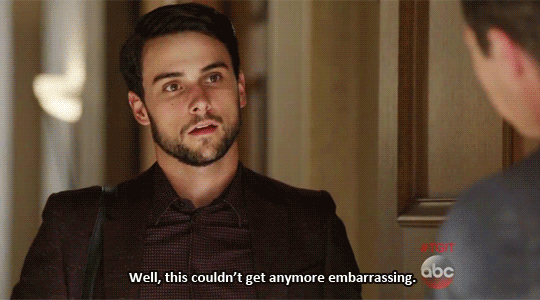
If you want a useful all-around lens, a 50mm prime (or whatever is normal length on your medium) is a good bet, as is a standard zoom that goes from about 24mm to 90mm. Beyond that, half of lens choice is your personal way of shooting and the other half is your personal taste. Don't overthink it.
When you go to buy a lens, think about the focal length(s) you're going to need first - if you buy that pretty 300mm prime is it just going to piss you off when it's always too long? Is that 18-24mm zoom going to be even remotely long enough for your cat portraits? Then think about the lighting you're shooting against, and how fast a lens you'll need to make it work - an f/8 isn't going to work indoors at night unless you don't mind shooting at ISO 3200 or higher, but an f/3.5 might, and an f/1.8 will. Then find a lens that's within your budget - be it on-brand, off-brand, used, new, black or silver. Try it, make sure it does what you thought it would do, then buy it and add it to your gear hoard, which I know you have, because we're photographers and we all have gear hoards.

That's all I got.
So... What Lens Should I Buy?
There's still no easy answer to this. Think about the situations you need a lens to shoot in - if you're doing engagement portraits an 85mm or 50mm prime might be the best value for your money, if you're shooting wedding ceremonies you're going to want a fast zoom or longer prime, if you only want a 50mm f/1.4 because your camera underperforms at its terribly low max ISO 400 when you're shooting in smoky bars you might want to reassess your camera body or your life choices.

If you want a useful all-around lens, a 50mm prime (or whatever is normal length on your medium) is a good bet, as is a standard zoom that goes from about 24mm to 90mm. Beyond that, half of lens choice is your personal way of shooting and the other half is your personal taste. Don't overthink it.
When you go to buy a lens, think about the focal length(s) you're going to need first - if you buy that pretty 300mm prime is it just going to piss you off when it's always too long? Is that 18-24mm zoom going to be even remotely long enough for your cat portraits? Then think about the lighting you're shooting against, and how fast a lens you'll need to make it work - an f/8 isn't going to work indoors at night unless you don't mind shooting at ISO 3200 or higher, but an f/3.5 might, and an f/1.8 will. Then find a lens that's within your budget - be it on-brand, off-brand, used, new, black or silver. Try it, make sure it does what you thought it would do, then buy it and add it to your gear hoard, which I know you have, because we're photographers and we all have gear hoards.

That's all I got.
Bonus Discussion Question:
What is the most useful lens you own? Which lens could you just not live without? Which lens would you recommend to a friend? 